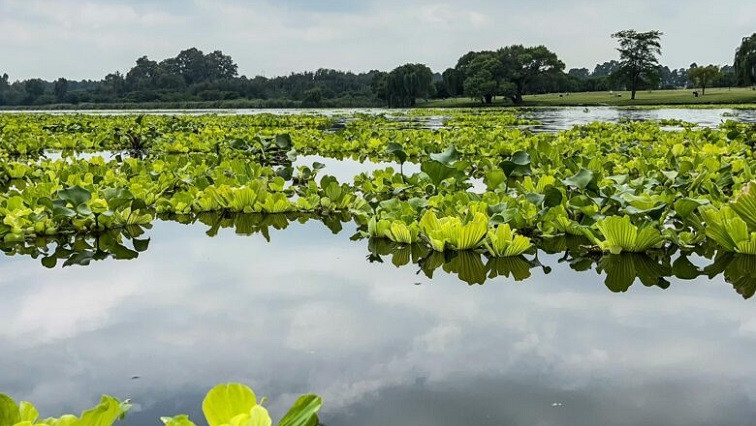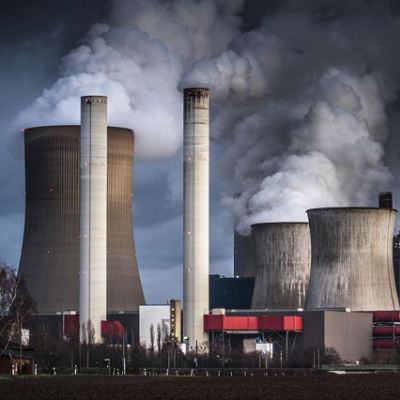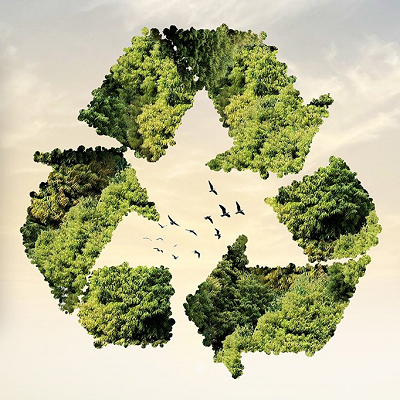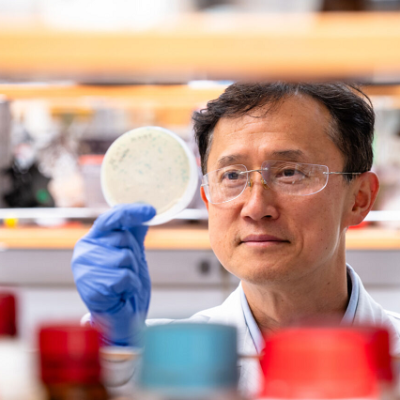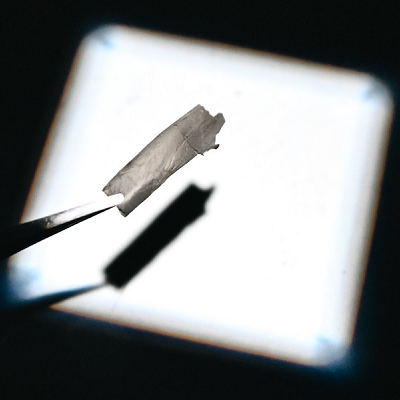Getting rid of the Vaal River’s dreaded water lettuce – or Nile cabbage as it is also known – may be a relatively simple matter of breathing new life into the marine system with trillions upon trillions of teensy-weensy nano-bubbles to literally starve the invasive species to death.
So tiny and numerous are nano bubbles – meaning of such tiny molecular size that literally billions of them can be placed on a fingertip – that they infiltrate and penetrate the chemical structure of the nutrients the water lettuce extracts from the Vaal River to feed itself.
Nano-bubbles are thus a new weapon in the armoury of bioremediation in South Africa and together with other interventions, can hold the key to resolving not only the water lettuce and other invasive plant threats, but can improve water health in general, say experts.
To date the Vaal River’s water lettuce infestation in Emfuleni still seemingly resists the best that traditional removal strategies can throw at it – from physical removal to introducing biological weapons such as insects to feed on the invasive weed.
However, Rand Water, companies, river property owners and civil society organisations, are mobilising intensively to begin a more comprehensive fight-back against the resilient water weed in the near future.
Rand Water and its senior officials were introduced to the nano-bubble concept on a recent boat trip on the Vaal River including Vereeniging-based bioremediation experts Blue Planet – who say they have already deployed the technology at the Hartbeespoort Dam.
Technically, nano-bubble bioremediation can be likened to smoke permeating through rooms in a house to fill an entire structure, with the nano-bubbles occupying and being continuously regenerated through piping from a generation station.
The technology is currently being used at thousands of locations across the globe with great success, including breathing new life into Lake Elsinore, California, in the United States.
“Nano-bubbles are a pro-active and restorative tool for water bodies and rivers which penetrate the sediment layer – organic and inorganic materials accumulated at the bottom – disrupting the upward flow of nutrients and oxidising and rendering them valueless to the water lettuce,” said Blue Planet CEO Heiner Dominick.
Read the original article on The Citizen.

